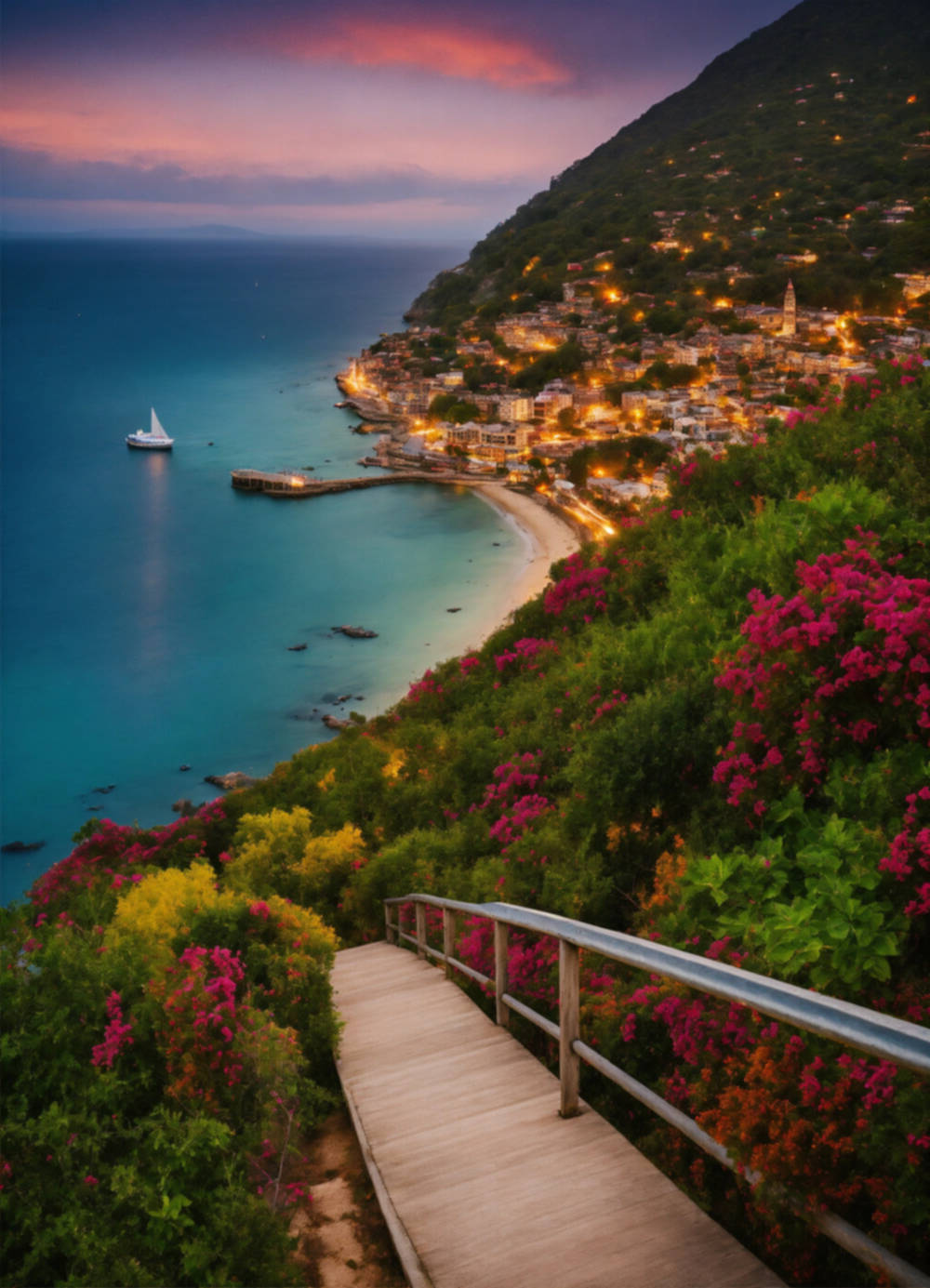Unleash your inner ecologist and explore some of the world's most exotic and untouched destinations. Discover unique species and contribute to conservation efforts!
As an ecologist, discovering new, unique places that are still relatively untouched by the masses is an absolute dream come true. The world is full of hidden gems that provide a sense of awe and wonder, offering a glimpse into the untouched beauty of our planet. Here are some of the most exotic tourist places to visit for ecologists, providing a perfect blend of adventure, serenity, and exploration.
-
Borneo, Malaysia
Borneo is the third-largest island in the world, and it is known for its vast rainforests and incredible biodiversity. Home to an astonishing 15,000 different plant species and over 400 different birds, this lush island is perfect for ecologists who want to explore the natural world in all its glory. It is also home to some of the world’s most exotic wildlife, including orangutans, pygmy elephants, and proboscis monkeys. -
Komodo Island, Indonesia
Located in the Lesser Sunda Islands, Komodo Island is home to the famous Komodo dragons, the largest living species of lizard on the planet. With its stunning coral reefs and crystal-clear waters, it is also a popular destination for scuba divers and snorkelers. The island’s rugged landscape provides a unique habitat for a range of animals, including the Timor deer, wild boar, and several bird species. -
Galapagos Islands, Ecuador
The Galapagos Islands are a group of volcanic islands located off the coast of Ecuador. These remote islands are home to an incredible array of endemic species, including giant tortoises, marine iguanas, and blue-footed boobies. Charles Darwin’s visit to the islands in 1835 inspired his groundbreaking theory of evolution by natural selection, and today, the islands remain a living laboratory for scientists and ecologists. -
Svalbard, Norway
Svalbard is a remote archipelago located in the Arctic Ocean, halfway between mainland Norway and the North Pole. It is home to some of the world’s most unique and endangered species, including polar bears, Arctic foxes, and reindeer. The rugged landscape and harsh climate make it an ideal location for ecologists who want to study the effects of climate change on Arctic ecosystems. -
Monteverde Cloud Forest Reserve, Costa Rica
The Monteverde Cloud Forest Reserve is a protected area located in the northern part of Costa Rica. This misty forest is home to an incredible array of flora and fauna, including over 500 different species of birds, mammals, and amphibians. It is also home to some of the world’s most exotic orchids and butterflies, making it a must-visit destination for nature lovers and ecologists alike. -
Torres del Paine National Park, Chile
Located in southern Chile, Torres del Paine National Park is a vast wilderness area that is home to towering granite peaks, vast glaciers, and crystal-clear lakes. It is home to a range of wildlife, including guanacos, pumas, and Andean condors. The park is also a popular destination for hikers, offering a range of trails and treks that showcase the park’s natural beauty. -
Socotra Island, Yemen
Socotra Island is a small archipelago located off the coast of Yemen. The island is known for its unique plant life, with over 700 different species of plants that are found nowhere else in the world. The island is also home to a range of endemic bird species, making it a must-visit destination for birdwatchers and nature enthusiasts. -
Taman Negara National Park, Malaysia
Taman Negara National Park is one of the oldest rainforests in the world, with a history that dates back over 130 million years. The park is home to an incredible array of wildlife, including tigers, elephants, and tapirs. Visitors can explore the park on a range of trails, including the Canopy Walk, which offers a bird’s eye view of the rainforest canopy.
-
Gobi Desert, Mongolia
The Gobi Desert is a vast, arid landscape located in southern Mongolia and northern China. It is home to a range of unique species, including the elusive snow leopard, Bactrian camels, and Gobi bears. Visitors can explore the desert on camelback, or join a tour to visit local nomadic communities. -
Fernando de Noronha, Brazil
Fernando de Noronha is a remote archipelago located off the coast of Brazil. The islands are known for their crystal-clear waters and pristine beaches, as well as their unique wildlife. The islands are home to a range of endemic bird species, as well as a marine reserve that is home to sea turtles, dolphins, and sharks.
These exotic tourist places offer a unique opportunity to explore the natural world in all its glory, and to experience the wonder of some of the world’s most unique and awe-inspiring ecosystems. As an ecologist, visiting these hidden gems is not only a chance to explore the natural world, but also a chance to contribute to the conservation efforts that are essential to protecting these fragile ecosystems for future generations.
So why wait? Start planning your next adventure to one of these exotic destinations today, and discover the hidden gems that our planet has to offer!



